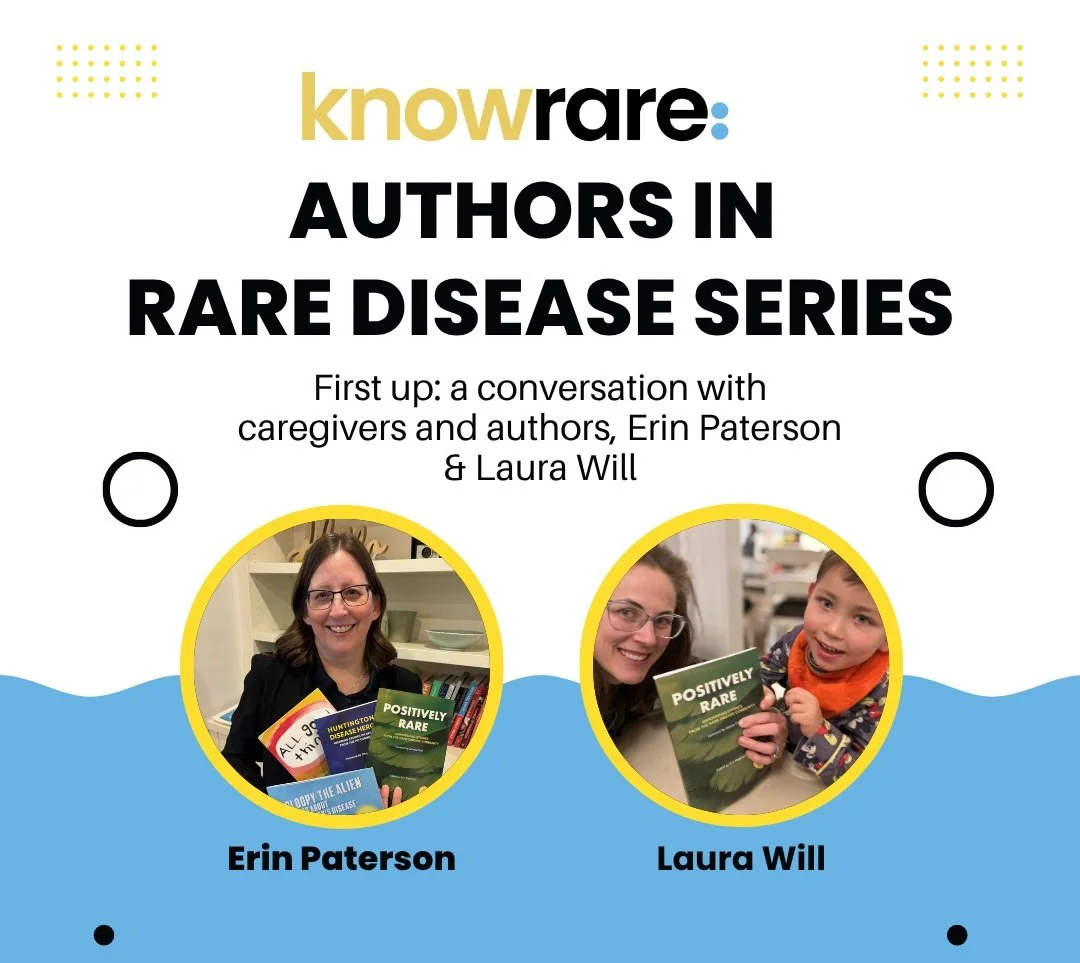Living With Myasthenia Gravis: 10 Things to Know
Essential information about day-to-day life for Myasthenia Gravis Patients

Myasthenia gravis (MG) is a rare autoimmune neuromuscular disorder that causes weakness in certain muscle groups. The muscle weakness of MG is caused by a breakdown in normal communication between nerves and muscles.
MG is a chronic condition with symptoms that come and go. It can be severe, but it’s also a treatable condition. Here are 10 key insights for MG patients and their support networks:
With MG, muscle weakness fluctuates, so symptoms may increase during the day and improve after rest. It is a good idea to plan in advance to schedule activities early or after rest.
The first years after diagnosis are the most critical. This is when symptoms are most prevalent and the disease can progress. Therefore, treatments may be concentrated during this time.
Symptoms can vary from patient to patient. In addition, they may vary for individual patients, becoming worse or lasting longer at different times.
Most patients have a stable course of disease after the first few years and may even go into remission for long periods of time.
Treatment does not always produce a complete remission (or end of symptoms). How often treatment is needed depends upon the severity and the type of MG.
Physical therapy may help, especially in patients with mild MG.
MG can affect health-related quality of life by causing pain, reduced sleep, or depression. People with more severe disease and disability may be especially affected. Patients who are on treatment have reduced symptoms and may feel the little impact of MG on their lifestyle.
Work-related capabilities are limited mainly by physical impairments. However, many people with MG are still capable of working, and those who are employed may have a higher quality of life.
Depending on the severity and type of MG, the condition may have little effect on life choices such as schooling, jobs, and retirement.
A number of commonly used medications can worsen MG-related weakness and should be avoided or used with caution: penicillamine, interferons, procainamide, quinidine, and antibiotics such as quinolones and aminoglycosides.
Latest From Know Rare
Nina is the co-founder and president of Know Rare
Nina’s experience goes across therapeutic categories from rare disease like pulmonary arterial hypertension (PAH), autoimmune disease and cancer, and her expertise ranges from market research and strategy to patient and digital marketing.
Additionally, she has been a founder and angel investor of a biotech start-up, helped brand an oncology patient organization, Aim at Melanoma, and worked on patient education for Genentech’s leading HER2 therapy, Herceptin.
Nina is also a mother, grandmother, artist, and author of The Gallery of Beauties, a novel set in the Venice in the early 17th century.






























